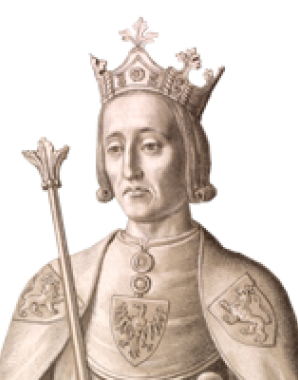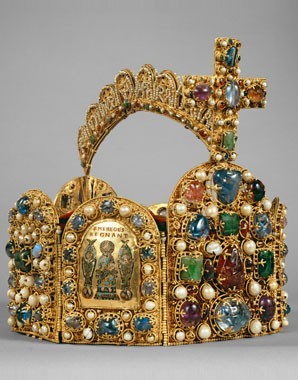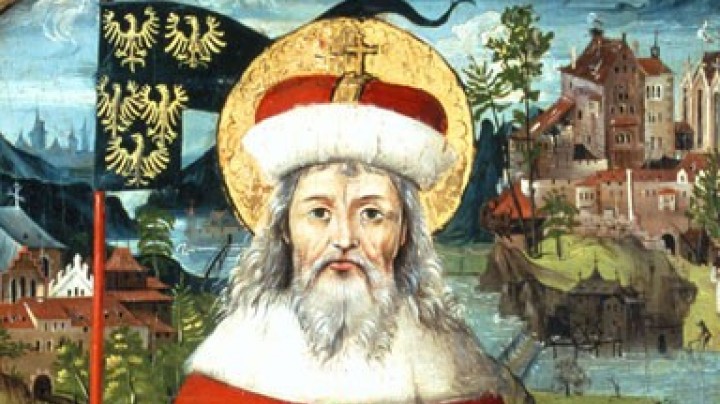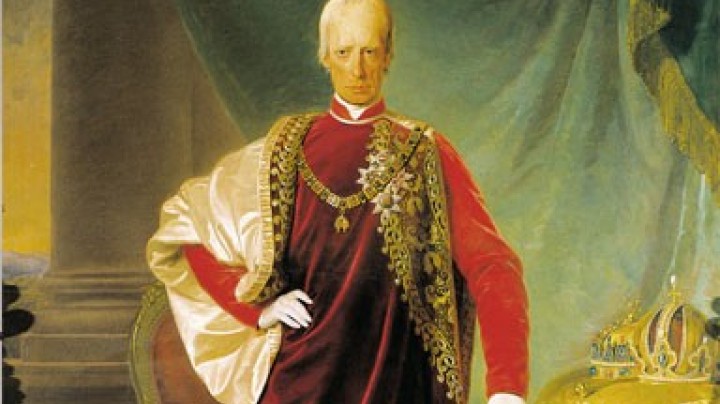Rudolf I of Habsburg: From ‘poor count’ to King of the Romans
The election of Count Rudolf of Habsburg as Roman-German King ended the period known as the ‘Great Interregnum’, which saw several kings reigning simultaneously.
The election of Rudolf of Habsburg as Roman-German King took place at the close of a period that is often described as the Great Interregnum. The year 1250 had seen the death of the Hohenstaufen emperor Frederick II, who is regarded as one of the most important rulers of the later medieval period. Eighteen years later the beheading of Frederick’s grandson Conradin in Naples brought the Hohenstaufen dynasty to an end. The kingdom of Germany as an institution entered a time of extreme instability marked by constant hostilities between its most powerful rulers. The result was a lengthy period of small wars with several kings competing for the succession.
Amongst the competitors was Count Rudolf of Habsburg, who had assumed his father Albrecht’s inheritance in 1240 and ruled over a domain made up of scattered areas between the Alps, the Black Forest, and the Vosges. Military force was a customary means of maintaining his supremacy. By the 1260s, far from being a ‘poor count’, he was the most powerful man in the region. According to one legend, Emperor Frederick II was his godfather.
In 1272, the death of one of the last rival kings, Richard of Cornwall, created a need for a new, strong ruler. While there were two possible candidates in the form of the French king Philip the Bold and the Premyslid king of Bohemia Ottokar II, no agreement could be reached as to which should be elected. Pope Gregory X pleaded urgently for a swift decision – in the medieval period, the Popes exerted great influence on the election of the Roman-German King, which resulted in their frequently becoming involved in struggles with the Emperor. At this point, Gregory X put the decision into the hands of seven prince-electors, who agreed upon two new candidates: Prince Siegfried von Anhalt and Count Rudolf of Habsburg.
The election took place on 29 September 1273 in Frankfurt and went in favour of Rudolf of Habsburg, then fifty-five years of age. It is said that Burgrave Friedrich von Hohenzollern of Nuremberg rode to Basel to bring the news to Rudolf, who was at the time involved in a small war with the local bishop. King Rudolf I soon became a popular figure, but had to pay a number of expenses in order to consolidate his new royal status. Not only did the electors receive sums of money but also Habsburg hands in marriage, two daughters of the new king being married off on the spot immediately after their father’s election in Frankfurt. One month after the election, Rudolf was solemnly crowned King of the Romans on Charlemagne’s throne in Aix-la-Chapelle.















